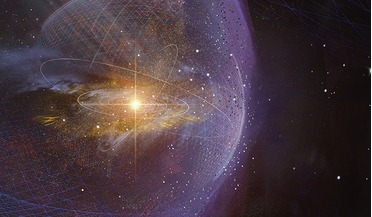 January 2022
Revealing the magnetic universe
January 2022
Revealing the magnetic universe
... the role of the magnetic field. For example, high-quality polarisation measurements have provided insights into astrophysical environments from collapsing clouds, where stars and planets are forming, to galactic disks, where hundreds of million...
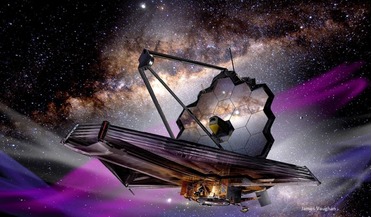 May 2022
Essential guide to the James Webb Space Telescope
May 2022
Essential guide to the James Webb Space Telescope
... up to 20 years of deep-space observations. JWST will peer at the hidden infrared universe, touching on almost every branch of astrophysics, from unveiling the light of the very first stars and galaxies to hunting for possible signs of life...
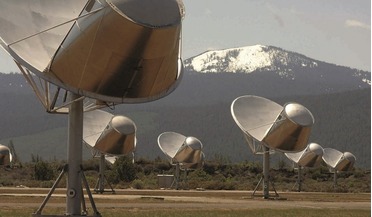 26 June 2020
Giant ‘Exotica’ catalogue boosts search for alien life
26 June 2020
Giant ‘Exotica’ catalogue boosts search for alien life
...recent times that aims to span the entire breadth of astrophysics, from distant galaxies to objects in our own solar system...future surveys - whether studying life beyond Earth or natural astrophysics - and serve as a general reference work for the field...
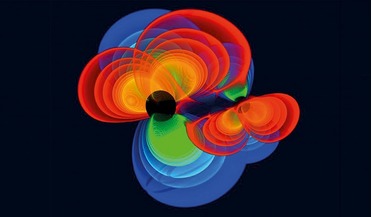 April 2019
LISA Pathfinder – paving the way for future studies of the gravitational universe
April 2019
LISA Pathfinder – paving the way for future studies of the gravitational universe
... produced by accelerations of massive celestial bodies such as orbiting pairs of black holes, compact binaries or other astrophysical objects. Albert Einstein postulated the existence of gravitational waves from his theory of general relativity (1915...
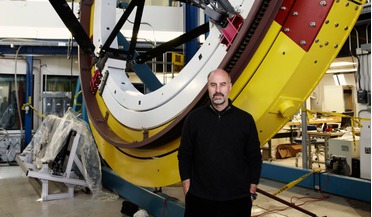 26 April 2016
Professor Joshua Frieman elected to the American Academy of Arts and Sciences
26 April 2016
Professor Joshua Frieman elected to the American Academy of Arts and Sciences
... University of Chicago who is a member of both the Kavli Institute for Cosmological Physics and the theoretical astrophysics group at Fermi National Accelerator Laboratory, is one of 213 national and international scholars, artists, philanthropists...
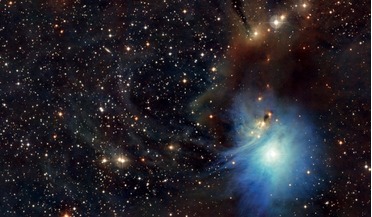 March 2018
Exploring the extreme universe
March 2018
Exploring the extreme universe
...technique at other wavelengths such as those of radio and optical astronomy, it has been little exploited in high-energy astrophysics to date. However, polarization analyses with e-ASTROGAM will reveal many details about the geometry, magnetic fields...